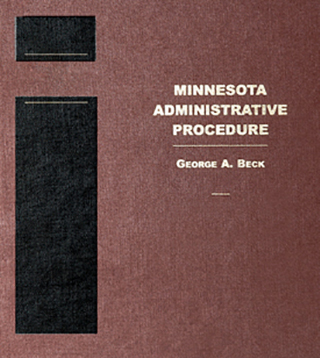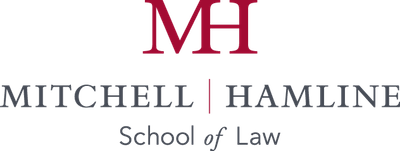Minnesota
Administrative
Procedure
Online Treatise, revised 2014-2025

Edited by George Beck and Mehmet Konar-Steenberg
Latest Chapter Updates
- Chapter 20 – updated February 2025
- Chapter 6 – updated June 2023
- Chapter 4 – updated May 2023
- Chapter 23 – updated March 2023
- Chapter 13 – updated February 2023
- Chapter 15 – updated January 2023
- Chapter 10 – updated July 2022
- Chapter 24 – updated July 2022
